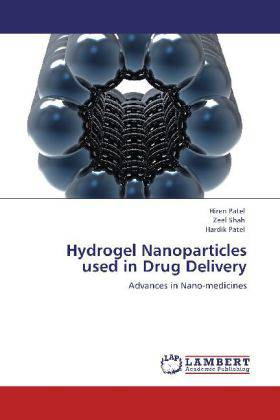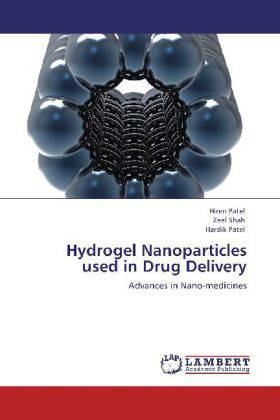
- Afhalen na 1 uur in een winkel met voorraad
- Gratis thuislevering in België vanaf € 30
- Ruim aanbod met 7 miljoen producten
- Afhalen na 1 uur in een winkel met voorraad
- Gratis thuislevering in België vanaf € 30
- Ruim aanbod met 7 miljoen producten
Zoeken
Hydrogel Nanoparticles used in Drug Delivery
Advances in Nano-medicines
Hiren Patel, Zeel Shah, Hardik Patel
Paperback | Engels
€ 48,45
+ 96 punten
Omschrijving
Hydrogel nanoparticles have gained considerable attention in recent years as one of the most promising nanoparticulate drug delivery systems owing to their unique potentials via combining the characteristics of a hydrogel system with a nanoparticle. Therefore, it seems that the pharmacy world will benefit from the hydrophilicity, flexibility, versatility, high water absorptivity, and biocompatibility of these particles and all the advantages of the NPs, mainly long life span in circulation and the possibility of being actively or passively targeted to the desired bio-phase. Several polymeric hydrogel nanoparticulate systems have been prepared and characterized in recent years, based on both natural and synthetic polymers, each with its own advantages and drawbacks. Several cross linking methods have been used in the way to form the hydrogel matrix structures. The remainder of this text presents various types of nanogels prepared and characterized, using a classification based on the type of polymeric materials used in preparation of the NPs.
Specificaties
Betrokkenen
- Auteur(s):
- Uitgeverij:
Inhoud
- Aantal bladzijden:
- 56
- Taal:
- Engels
Eigenschappen
- Productcode (EAN):
- 9783659127571
- Verschijningsdatum:
- 16/05/2012
- Uitvoering:
- Paperback
- Formaat:
- Trade paperback (VS)
- Afmetingen:
- 152 mm x 229 mm
- Gewicht:
- 95 g

Alleen bij Standaard Boekhandel
+ 96 punten op je klantenkaart van Standaard Boekhandel
Beoordelingen
We publiceren alleen reviews die voldoen aan de voorwaarden voor reviews. Bekijk onze voorwaarden voor reviews.











